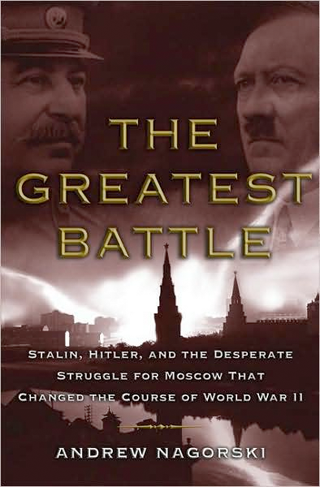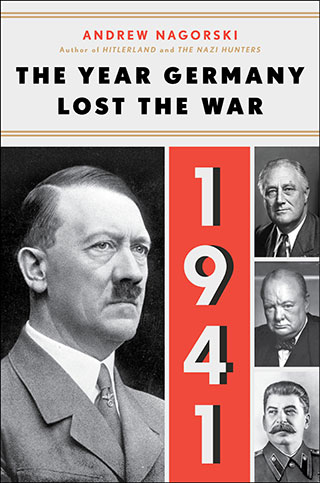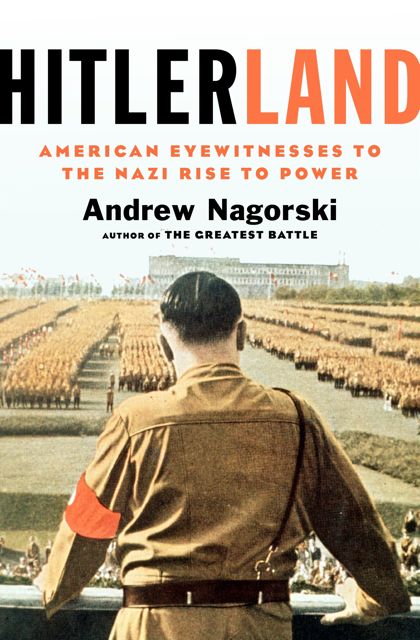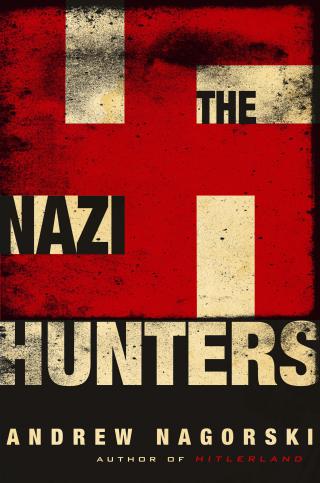In the final days of World War II, Kurt Weill wrote a letter to his wife, Lotte Lenya, who was in New York, from the Hotel Bel-Air in Los Angeles. The couple had fled Germany after Hitler had taken power, and Weill was eager for the final collapse of the Third Reich. “This is what we’ve been waiting for, twelve years now,” he noted. “Isn’t it fantastic how unprepared these Nazis were for defeat. . . . I don’t think a nation has ever been defeated more catastrophically. . . . What stupidity! What cowardice! What a ‘master race’!”
Weill’s letter is included in Swansong 1945, a stunning mosaic of firsthand accounts of the last days of the war with Germany, from April 20 to May 8, 1945, pulled together by the late German writer Walter Kempowski (1929-2007). It is also the tenth and final volume of Kempowski’s “collective diary” of the war, which was driven by his determination to rescue “the voices of the dead.” Mixing in the declarations of major players like Hitler, Mussolini, and Churchill, he focuses primarily on the ordinary soldiers, civilians, and concentration camp prisoners caught up in the apocalyptic endgame. Drawing on their diaries, letters, and other personal testimonies, he offers readers a look at the raw materials that historians normally use as background to construct their more polished narratives.
It is precisely the unvarnished nature of these accounts, though, along with their immediacy, that makes this volume so compelling. Of course, there have been many other examinations of the final days of Hitler and his entourage in his bunker in Berlin, including the unforgettable (and often parodied) German film Downfall (2004). Kempowski does not dwell on this. Instead, he sprinkles in just enough of that story to contrast it with the everyday realities that the victors and vanquished were facing not just in the German capital but across the terrain of the fast-disappearing Nazi empire. The people who matter most here are the ones who would usually go unnoticed.
As William J. Fox, an American reporter, wrote, “the flotsam of Europe”—freed forced laborers, concentration camp survivors, and Allied POWs, along with often-panicked German civilians and soldiers fleeing the Red Army in its final drive westward—were all part of the huge cast. Along with the last battles, there were exhilarating moments of liberation, violent reprisals, mass rapes, looting, and the full range of often-confusing human behavior as the recent conquerors scrambled to survive as the newly conquered.
While waiting for the end, German troops holding Tempelhof Airport in Berlin were offered bars of chocolate and bottles of wine on April 20, Hitler’s birthday. “Ghostly orgies played out in the airport cellars,” noted a German journalist. “Soldiers and officers disported themselves with the women auxiliaries.” Soon, though, other German women were cavorting with the victors: “The bombed-out women in the basement were boozing with Frenchmen and U.S. soldiers,” an older German woman noted disapprovingly. “I was so ashamed for these females, who don’t deserve to be seen as ‘German women.’ ”
In all too many cases, the women had no say in what happened to them—particularly at the hands of Soviet troops. “The most terrible scenes of horror were played out in all the houses,” one resident of Neustrelitz wrote. “All over the city the cries of women being raped rang out. Men coming to the aid of their wives or daughters were shot.” He also reported a surge in suicides, and Kempowski’s diary is punctuated by lists of people who took their own lives. In the case of a 9-year-old schoolgirl included in one such list, the cause of death reads “shot by own mother.”
But Kempowski does not limit himself to the horror stories. He also cites Germans who are surprised by the decency of some of the conquerors, even those from the east. There are recollections of Red Army soldiers sharing their food with the local population, especially looking out for the children. As for the American GIs, they were often met with cheers and offers of hospitality. Some of this was genuine relief on the part of the Germans that their conquerors were not the Russians, and some was sheer opportunism, as neighbors were quick to point out. A woman in Geismar, near Göttingen, noted that the man welcoming the Americans was “known to glitter with every political color.” Suddenly, those who followed Hitler were portraying themselves as secret opponents who had longed for democracy all along.
And denial was rampant, starting from the top. In a radio address, Joseph Goebbels promised: “After this war, Germany will blossom within a few years as never before.” Hitler insisted he had never wanted war: “It was wanted and started exclusively by those international statesmen who were either of Jewish origin or working for Jewish interests.” Many of his followers clung to their delusions as well, even when confronted with the reality of “the boundless misery of the concentration camp villainy,” as German Army captain Arthur Mrongovius put it. “I always assumed that Hitler was not the man ultimately responsible for it,” he added.
Several Germans recorded their encounters with camp prisoners as if they were meeting a species from another planet, usually insisting that they had no idea what they had endured. A woman who saw “a large column of strangely dressed men” in one of the last death marches from Dachau noted: “Their faces [were] grey, gaunt, as if they were dead. . . . The men actually smelled moldy.” A Dachau prisoner who survived until American troops arrived recalled the shock of one of his liberators as he surveyed a washroom with 50 emaciated corpses: “Strange to think of a man coming from battle, who sees corpses all the time, an officer in the middle of war, crying at the sight of our dead,” he wrote.
At times, it is the less-dramatic testimony that is the most touching. Nina Mursina recalled that, in 1944, she was only 19 when she found herself in Germany as a Russian forced laborer. “At that age you’re already dreaming about love,” she wrote. “The German women employed with us came to work with make-up on, they had done their hair in front of the mirror. And we, as Untermenschen, wore dreadful rags and wooden clogs that clattered as we walked.”
Soon, many of the freed prisoners and laborers joined “the flotsam,” sometimes showing up in German homes demanding, or simply taking, food. As with the new conquerors, most Germans were not about to risk defying them, although there were rare exceptions. A woman rushed to her pigsty, where she found an American soldier surveying the pigs he had just killed with his machine gun. When she attempted to confront him, he cut her off in fluent German: “Go, before I forget myself. In Poland you killed more than pigs!” It turned out that the man “was a Pole in American uniform.”
Many of the losers bitterly resented their new status and saw themselves purely as victims. But there were exceptions, offering glimmers of the kind of self-awareness that would only come slowly to most of the rest of their country-men. As the Red Army approached, German Navy lance corporal Klaus Lohmann admitted, “We must all atone for the terrible crime that has occurred.”
For the most part, though, it was the instinct for survival that won out, no matter how much Hitler’s followers were still blinded by 12 years of Nazi indoctrination. Horst Wilking, a German sailor on a ship in Rotterdam, had determined to shoot himself when he came off guard duty on May 8, the day of Germany’s unconditional surrender. But when the time came, he decided “it would be extremely interesting to know what happened next.” As a result, he chose not to carry out his plan, and “life went on.”
It was the end of the most horrific conflict in history, but it was also the beginning of a new era.Swansong captures that pivotal moment in all its tragedy and hope.
Andrew Nagorski is the author of Hitlerland: American Eyewitnesses to the Nazi Rise to Power. His new book, The Nazi Hunters, will be published next year.









